 emperatures continue to dip in Trinidad and Tobago, hitting a nippy 19°C - the coldest on record for the year, according to the Trinidad and Tobago Meteorological Service. The Met Office said in a statement Monday that Piarco recorded a chilly 19°C in the wee hours of Monday morning. “During the early hours of the morning at Piarco, we recorded a minimum temperature of 19 degrees Celsius. This was the lowest temperature for the year thus far.” The Met Office said these low temperatures are normal for this time of year and can be the result of several factors which occurred simultaneously, such as calm or near-calm winds, almost no cloud cover, combined with cold winds originating from the North in the lower levels of the atmosphere (over Trinidad). The Met Office said these factors together increase the amount of 'Outgoing Longwave Radiation' from the Earth's surface at night (the surface cools faster). The Met Office said the record for the lowest temperature at Piarco was a chilly 16.1°C, recorded in January 1964. On January 10, 2019, temperatures dipped to 21.6°C and many Trinbagonians reportedly felt the cooler weather. The Met Office said in February 2017 that it recorded a cool 19.6°C in Piarco, the coldest on record in the previous five years. On February 2, 2008, the Met Office recorded a chilly 18.7°C. The Met Office said these colder temperatures are expected to take place for the remainder of January into February. Source: The Loop, January 14, 2019
0 Comments
Tobago continues to make its name as a top ecotourism destination across the Caribbean, offering much more than white-sand beaches, eats and drinks and thriving nightlife. The smaller of the islands of the twin-island state of Trinidad and Tobago was named as the top Caribbean destination in a reader-submitted list of travel tips in the UK’s Guardian - owing to its amazing bioluminescence tours. The tours, which involve stand up paddling (standing on a surf-style board and propelling with a long paddle) and kayaking are run by brothers Duane and Brett Kenny of Stand Up Paddle Tobago. The winning tip was sent in by Julia Burdge: “My friend and I went on the bioluminescent tour in Tobago run by Stand Up Paddle Tobago, leaving Pigeon Point after sundown. We paddled our kayak in the dark to the lagoon where the luminescent plankton thrive. It was the most amazing thing I’ve ever seen. When you disturb the plankton it glows like watery fireflies. Part of the tour is to swim in the (warm) lagoon and watch the streams of light in your wake… it was stunning. It cost $60 but was worth it.” Bioluminescence is the production and emission of light by a living organism produced by energy released from chemical reactions occurring inside (or ejected by) the organism. The delightfully breathtaking phenomenon is caused by dinoflagellates, a type of marine plankton which emits a bright blueish glow when agitated. The light produced by these microscopic organisms is a defence mechanism meant to ward off predators. The two hour long tour from Stand Up Paddle Tobago is available year-round at a cost of $60 USD and welcomes all ages. The darker the better as this enhances the experience, but be sure to take a high-end camera with waterproof housing to capture the best shots of the bioluminescence. Jamaica’s seafood and jerk chicken, Barbados’ fish fry, Dominica’s rainforest tour, Belize’s coral island Caye Caulker, Havana’s food tour and Puerto Rico’s hot springs also made the list. Source: The Loop TT, January 2019 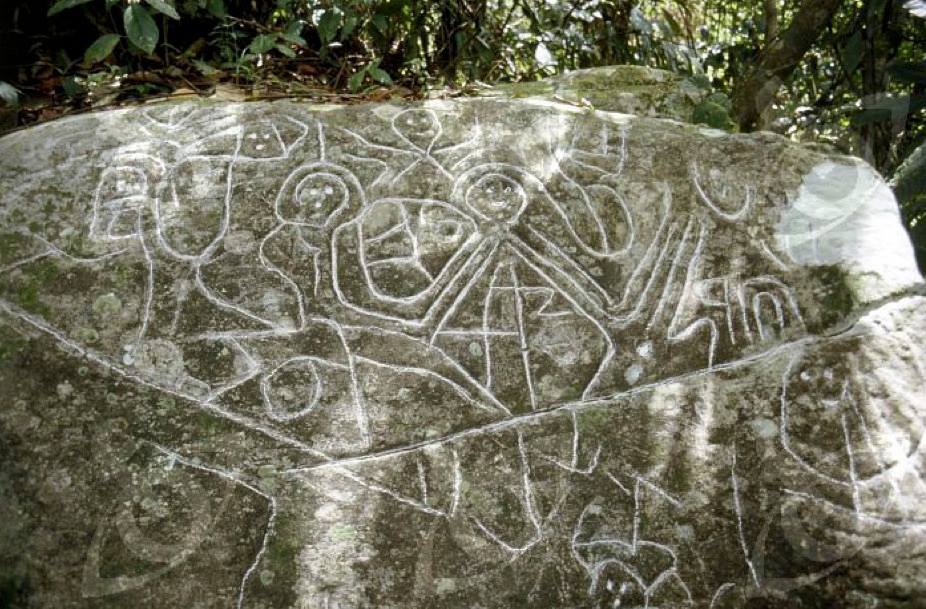 The Caurita Stone is situated in the Caurita Hills of the Maracas Valley, Trinidad. The etchings are said to be 1,000 to 1,500 years old and is sacred to the Indigenous People of Trinidad and Tobago. The height and width of the stone is roughly six feet by eight feet, and drawings have been etched into the top half of its exposed surface to the front. These drawings show faintly between the growing mosses that carpet the stone. Members of the Santa Rosa Carib community view this stone as having special spiritual significance and regard it as part of their natural heritage. Some of the etchings identified depict a chief, other people in ceremonial wear and a deer. Heads are seen on simple line drawn bodies, probably representing ancestors or other spirits or shamanistic phenomena. The stone is now revered as a key point relative to the sacred “gateways” to Trinidad’s Original People: El Tucuche to the north, El Cerro del Aripo to the east, San Fernando Hill to the south and a mountain in Venezuela’s Paria peninsula to the west. It is agreed among Amerindian communities in Trinidad that etchings on the stone bear spiritual significance. The site of the Caurita Stone is now regarded as an important part of the ongoing quest for knowledge and understanding of Amerindian ancestral occupation and life on this island. Photograph Courtesy Bunty and Rory O'Connor. Child custody in Trinidad & Tobago family court [BREAKING NEWS] A seven-year old boy was at the center of a port of spain family courtroom on tragarette road, drama Monday when he challenged a court ruling over who should have custody of him. The boy has a history of being beaten by his parents and the judge initially awarded custody to his aunt, in keeping with child custody law and regulation requiring that family unity be maintained to the highest degree possible. The boy surprised the court when he proclaimed that his aunt beat him more than his parents and he adamantly refused to live with her. When the judge then suggested that he live with his grandparents, the boy cried and said that they also beat him. After considering the remainder of the immediate family and learning that domestic violence was apparently a way of life among them, the judge took the unprecedented step of allowing the boy to propose who should have custody of him. \ After two recesses to check legal references and confer with the Child Welfare officials, the judge granted temporary custody to the West Indies Cricket team, whom the boy firmly believes are not capable of beating anyone.
Additional scholarship winner Darren Ramsook created eLearn Caribbean, an online programme to help students learn maths. Additional scholarship winner Darren Ramsook has created a free online learning platform eLearn Caribbean, for CXC and CAPE students who need help with mathematics.
It is a way of expressing his gratitude for the scholarship he received in 2015. A former Naparima College student who recently completed his BSc in electrical and computer engineering, Ramsook said his intention was always to use his knowledge to give back to the country which educated him. When, last month Education Minister Anthony Garcia pointed out that nearly 1,500 students claimed zero passes in the 2018 CSEC examinations, out of 11,000 students regionally, Ramsook felt compelled to launch the free online programme he had been working on and which can be now be accessed via http://www.elearncaribbean.com. Within hours of publishing the post on line, he received approximately 200 shares, which was also retweeted 400 times. Since then more and more people are now accessing the videos he has already created for CSEC maths across the Caribbean. While mathematics seems to be the most problematic subject for students, Ramsook’s desire is not to stop at math but incorporate interactive videos of other subjects. However, his challenge at the moment is content and he is appealing to people who are willing to publish content on this site to contact him at [email protected]. Ramsook said he sees this platform as having multiple capabilities in the long term. The beauty is that it is not limited to students of a particular age but provides a platform for older individuals who may not have been successful in previous examinations or never ever got a chance to write the subject before due to financial or other constraints. It is also being developed to work alongside the current teaching infrastructure in secondary schools. “I believe that the platform as well as teachers can make their lives easier by sharing the load as different students react in their own way to certain teaching methods. For example, if someone did not understand how a teacher taught a topic in mathematics, they log on to eLearn Caribbean and get a different perspective,” he explained. Ramsook said originally, hearing horror stories of people falling victim to crime, drove him to create this platform using education as an attempt for a long-term solution to crime. He said he wanted to transform youths involved in crime into contributing citizens as some of his ‘friends’ were led down the wrong path over a series of bad decisions. “That was when I realised that criminals were not formed overnight but were created over an evolutionary progress starting at a very young age. In an effort to make a difference I began helping out my fellow youths in any way that I could have by volunteering in Peer Counselling groups and even just helping out friends with schoolwork.” During his second year at the University of the West Indies (UWI), Ramsook recalled there was an element in a course called the Community Service Learning (CSL) Project which challenged groups of students to find problems in their communities and develop solutions to fix them. This gave rise to his work on the first prototype of the online learning platform. After seeing the potential of the platform, he felt certain that if fully utilised it could be used not only to help students in TT but in the wider Caribbean. “I started working more on the platform from the last day of my final exams in May and with advice from one of my key mentors, Dr Akash Pooransingh, I created a plan on how I should start publishing the platform. It was only on August 16, that I went public with eLearn Caribbean and it just blew up since then.” In addition to creating a learning platform to help others, Ramsook also helped to bring joy to others through his passion for music via the four-piece instrumental band from San Fernando called Triplets. He said Triplets, originally formed at Naparima College with three colleagues, Joshua Regrello, pannist, Lyndel Bertie, electric guitarist, and himself on the bass guitar, maintained the name when Presentation College student and drummer Daniel Ferguson joined the band. All four, three of them scholarship winners, are pursuing tertiary studies here and abroad. Even though they are in demand and recently returned from a gig in the United States, Ramsook said this does not distract from their focus, but helps to “cool their heads”. Touching on his personal life, Ramsook said his desire to help is inspired by his family, including his dad, a former police officer, who was left paralysed by an accident from the chest down because of a reckless driver in 2009. “That time right after the accident was a very trying time for my family but we learnt to play with the cards that we’ve been dealt. This was really hard on my mom and it forced all of us to take on responsibilities and make sacrifices we weren’t comfortable with. Seeing my dad and family fight their way through and emerging the positive people we are today, despite our challenges, makes me believe that there is a better tomorrow. “I take that same thinking of believing that there is a better tomorrow and apply it to our country all the time. That is actually one of the objectives of the learning platform - creating a better tomorrow starting today. I always have this urge to give back to my country because of the scholarship given to me in 2015.” He said he finds purpose from reading about the many problems society faces and coming up with solutions to solve them. At the moment, he says, his head is bursting with ideas, but the focus is on eLearn Caribbean to reach the hearts and minds of people across the region and leave an overall positive impact. “I really do hope that people of today utilize eLearn Caribbean so that they, as well as the country, can reap their rewards as contributing members of society. Even if this has a positive effect on only one person and it helps them out, I can die happy with that in my mind,” he said.  Remember the time when small one door village parlours such as one in the photo were a common site ? Today the terminology "parlour" is still in use mostly in the countryside, but why the name " PARLOUR"and not village shop? "In the early 1950s many islanders were faced with the problem of not knowing where their next meal would come from.One coping strategy was to open a small "one-door" shop in the front premises of one's house. This could be in the porch or as a wooden extension. The stateroom at the front of a house is commonly called a parlour. Since these makeshift shops often occupied the aforementioned space, the enterprises themselves became known as parlours. Few, if any, Trinidadians are aware that this was how these vital community establishments came to be called thus. The parlour, in urban and rural areas, became a focal point of social interaction where people, young and old, could meet and exchange the latest gossip. Parlours of yore were places where the fare was manufactured almost entirely by local hands and where simple treats meant so much. They were tenuous businesses where tiny profit margins made their proprietorship more a community service than a get-rich-quick enterprise. For children of yesteryear, there could be few pleasanter places. Large glass jars would be filled with sugar-coated paradise plums, kaisa balls, tangy tamarind balls, molasses-dripping toolum, pink sugar cake and paw-paw balls. A huge block of ice, delivered by a cart in the early morning, would be resting on a piece of sacking, swaddled in straw to keep it from melting too quickly. This ice, of course, would be vigorously shaved, rammed into a metal cup and then covered in sweet, red syrup for a penny, and for another copper, laced with condensed milk to result in that much-relished treat, snowball. Outside of the city and in the countryside, there were parlours too, mostly run by "celestials with pig-tails and thick-soled shoes grinning behind cedar counters, among stores of Bryant's safety matches, Huntley and Palmer's biscuits, and Allsopp's pale ale..." this according to Charles Kingsley, writing in 1870 about a Chinese parlour in the deep countryside. The country parlour often was the oasis of rural travellers, according to one account from 1914: "Restaurants are rare in the West Indies, except in the principal towns, but it is generally possible to obtain something of a simple kind, which on this occasion consisted of that nice aerated drink called kola, together with buns from a stall at the entrance of the same shop." So then, this is the origin of the parlour, a small-business model which still thrives today Source: the Virtual Museum of Trinidad & Tobago, Jan 2019 Full Measure is a weekly Sunday news program focusing on investigative, original and accountability reporting. On assignment, they sometimes find out about remarkable things we didn't even know existed. That's what happened to Scott Thuman and crew on a recent trip to Trinidad and Tobago. They came across our amazing natural wonder. NEW Fire Festival founder Gerry Anthony said the festival is unlike anything offered in the Caribbean and is said to have resulted in patrons leaving the event feeling renewed while experiencing a new way of seeing the world around them. This he said is the intention behind the one-of-a-kind festival in the Caribbean.
The weekend-long event, which is tied to an ethos of promoting living with intention – consciously seeking to protect mind, body, spirit and the ecosystem, will take place in St Joseph. “It evolved out of something that unfolded naturally from being the new fire concert series. In January 2014, we started the concert series which was about putting local artists who were not mainstream, in a mini-concert at the old mas camp pub.” Festival director Elize Rostant said the venue for the series had great meaning. She said the former home of Peter Minshall’s mas camp meant it had profound meaning for the creative industry in TT. “For over two decades there were stalwarts of music, Carnival and art in the space. So we were elated to start the series there, because of the legacy of the space.” Anthony said the series was organised with the intention of setting new fire to the old camp, using music as a medium for promoting and sharing messages of social change. He said coming from a community of underground musicians, there were always messages of empowerment, but it was not given the same platform as other local feel-good genres – thus lessening the reach and impact. “The series was therefore created to help develop the underground music community by getting their work out there, while sharing empowering messages to the people.” In response to a lack of understanding for the significance of the space occupied by the events, coupled with not seeing the growth anticipated, the team went back to the drawing board to create something still aligned with their intentions, but more attractive for the people of TT. “TT is a place that loves hype and big events, so we decided, let’s do a festival.” In conceptualising the festival, Anthony said they had to involve progressive movements. These, he said, included ecology and ecological sustainability, mindfulness – caring for mind, body and spirit. Rostant said, “The festival really is a festival of festivals. People try to wrap their heads around what it is. Because we are trying to inspire people by hitting them with important questions, we had to package it in an attractive way.” She said the central pillar of zero-waste, lessening negative impacts on the environment during the whole weekend, over-night camping to fuel engagement and promoting the importance of community. This promotion of community extends to the community in which the event is held, where residents of Acono benefit by being part of the patronage, as well as being part of the event management team. The team which is completely made up of volunteers also incorporates young professionals seeking practical experience in events planning, art and design, and marine biology, working in collaboration with established professionals. The event also includes an artisans market, and a variety of workshops including yoga, mindfulness, meditation and healing of the body through food. Rostant said for 2019, there will be a green business expo, which focuses on small and medium enterprises which offer green/ eco-friendly products. “We see this as an amazing opportunity for business cross-pollination of business engagements, and for consumers who are seeking products that are in line with their attitudes toward preserving the environment. The event will also see a broadening of the facilities in place for children, which will include the introduction of farming, wildlife rehabilitation by the team from Asa Wright Nature Centre, honey farmers and other out-of-the-box local endeavours all coming together at one empowering event. Anthony defines New Fire Festival as a transformational event, which he said is “geared toward moving from where we are, to where we can be, by immersing the attendees in an experience.” The fourth year of the festival, which is an initiative of the non-profit organisation, TT Bridge Initiative had the official launch on December 1 at Green Yard, St Vincent Street, Port of Spain. New Fire Festival 2019 is slated for April 12 to 14 at Ortinola Estate, St Joseph. Anthony said patrons can look forward to a weekend of live and recorded music, art, yoga, education, great food and fun by the river, while creating bonds that last a lifetime TRINIDAD is shrinking. On every coast, the ocean is clawing at the land.
A dramatic example of this unstoppable force was the collapse in February of the cliff face in Cedros that consumed almost five acres of land on a peninsula that the experts say is losing as much as two metres of land every year. But long before Cedros, coastal residents have been watching the sea with unease. Coastline erosion is something that often happens imperceptibly slow, over hundreds, thousands of years. But people are seeing landforms reshaped in mere decades. On Trinidad’s rocky north coast, village elders can tell of the stacks and arches, islets and caverns erased in short years, of sand beaches swept away to reveal long buried rock formations, and of seafront homes undermined and lost to a conspiracy of wind, waves, currents, tides and a rising sea level linked to global warming, melting the ice caps and glaciers. On the island’s east coast, the roads to the old cocoa plantations and beaches in North Manzanilla now end abruptly at precipices, and the sea takes chunks of fertile land with every high tide. The bathing beaches between Manzanilla and Guayaguayare are losing the coconut trees and seawalls. Tidal surges have made brackish swampland out of cropland. Beachfront home owners spend a fortune protecting their investment, defending with boulders, tyre revetments, tree trunk groynes, rock cages and concrete embankments. The Atlantic always wins, in the end. In the natural harbour that is the west coast, the battering swells in the Gulf of Paria have been taking back the land reclaimed along the King’s Wharf, San Fernando, at Waterloo’s cremation site and the Temple in the Sea, and overtopping the Mosquito Creek road with increasing frequency. The Shore of Peace Cremation Site would have been lost if not for a $60 million coastal stabilisation, that also stopped the advance of the sea in the Cocal, Manzanilla. But nowhere is the evidence of Trinidad’s losing battle more striking than on the south coast with its retreating clay and sandstone cliffs. Here is it recorded that up to twelve metres of land have eroded in a single year in areas between Los Iros and Quinam Bay- the location of south Trinidad’s most visited beach, which no longer exists. A similar rate of erosion has taken place along Moruga’s south coastline where at the once popular La Retraite Beach, a visitor must descend a cliff to get to the shore. Moruga is also where you will find more worrisome evidence of what is happening - concrete abutments of flood gates and fishing boat landings now sitting out at sea, the staircases of houses embedded in the sand littered with uprooted forest trees and bamboo groves. At Gran Chemin, Moruga’s main village, the St Peter’s statue erected by custodian of the area’s history Eric Lewis, is now threatened. Its foundation is being licked by the waves finishing off the nearby fisherman shacks and derelict port facility. But it is this very coastline destruction in Moruga that has revealed a piece of Trinidad’s history buried for so long that, when the waves exposed it some weeks ago, few knew what it was. Its presence was brought to our attention by Moruga building contractor and community activist Loretto Miguel who himself wanted to know what the thing was, and whether the State had a plan to stop to damage being done to the fishing facility. If you visit the village coastline at low tide, you will find a thick metal cable emerging from the muddy sea, snaking along the sand, and disappearing into the land near the Moruga Roman Catholic Church. That telegraph submarine cable has been there since 1871, and when it came, it surely changed the course of Trinidad's history. Before its arrival, Trinidad’s only means of communication with the world was by mail. The telephone was not yet invented. A letter to Europe went by ship and a reply would take months. That is, until the invention of the electric telegraph in the 1850s, when morse code could be transmitted through copper wires over long distances in order to communicate by telegram. This would lead, after many failures, to the development and laying of a transatlantic submarine cable in 1858 connecting the United Kingdom with North America, considered one of the great feats of the time. "It is a triumph more glorious, because far more useful to mankind, than was ever won by conqueror on the field of battle" US President James Buchanan messaged Queen Victoria in the first telegram to be exchanged in 1858. The telegraph cable network would expand to include a connection to Cuba, Panama, Jamaica, Puerto Rico, St Thomas, St Kitts, Antigua, Guadeloupe, Dominica, Martinique, St Lucia, St Vincent, Barbados, Grenada, Trinidad and Demerara (now part of Guyana). It is that Trinidad to South America cable connection that has been exposed in Moruga. In the journal of chief engineer and electrician Sir Charles Tilston Bright, the man who oversaw the laying of the cable system for the West India and Panama Telegraph Company, his visit to Moruga examines the proposed landing site is reported as September 9, 1871. Within months of his visit, the island was connected, with it being recorded: “At Trinidad, the Demerara cable was landed at the south-east corner of the island; while the continuing section northwards to Grenada was taken from Macqueripe Bay. The connection to Port of Spain (the capital) on the west side, was made by means of a long land-line A great part of this was erected through dense forest of more than fifty miles, which had to be cleared by a small army of wood cutters for a width of at least forty feet, for a considerable distance”. By 1910, the major countries of the world were connected, and messages that took months to send, could be transmitted in mere minutes. What can be seen in Moruga is part of the thicker section specially designed to withstand the surf at landing sites – a cable with a core of seven copper conductor wires insulated with a type of natural latex called Gutta Percha, bound by an outer layer of steel, and encased in silica and tar, weighing sixteen tonnes to a mile. In all, 4,200 miles of cable was laid by the West India and Panama Telegraph Company, which would come to be known as Cable and Wireless. Source: The Daily Express, Jan 2019 One week before her 79th birthday, Calypso Rose will perform at Coachella, one of the world's biggest music and arts festivals. Rose, real name Linda McArtha Sandy-Lewis, was among the star-studded cast announced for the 2019 festival to be held in California. She was announced for the April 12 and 19 shows which will be headlined by Childish Gambino, Janelle Monae and Diplo, among others Other shows will see the likes of Ariana Grande, Khalid, Solange, Kid Cudi, Pusha T, Wiz Khalifa and a slew of acts from across the world. Commenting on her selection for Coachella on Instagram, Rose said she is so excited." I can’t wait to sing, dance and enjoy this time with all of you," she wrote. Calypso Rose, who was recently awarded the Grand Prize for World Music award at the Sacem Grand Prix in France, has seen a resurgence in her career since she released her album Far From Home in 2016. She has toured throughout Europe and in 2017 won the World Album of the Year at the Victoire de la Musique, considered the French equivalent of the Grammy Awards. In May last year, Rose released her follow up album So Calypso. Source: The Loop Jan 2019 |
T&T news blogThe intent of this blog is to bring some news from home and other fun items. If you enjoy what you read, please leave us a comment.. Archives
July 2025
Categories
All
|

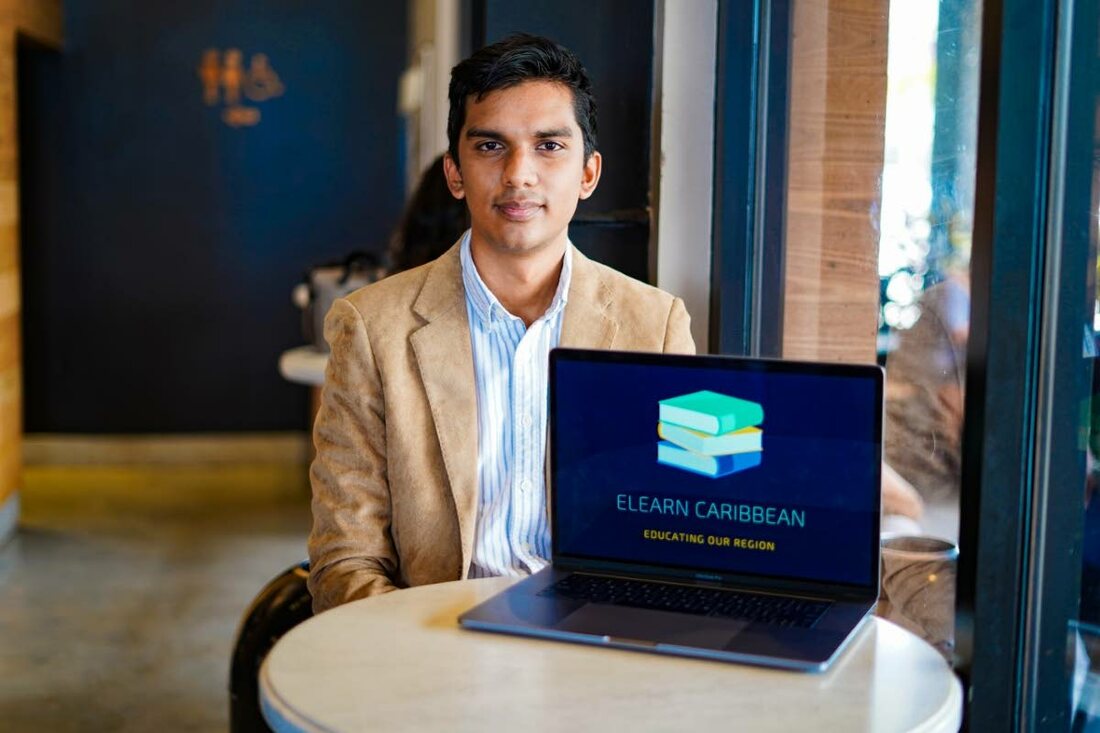




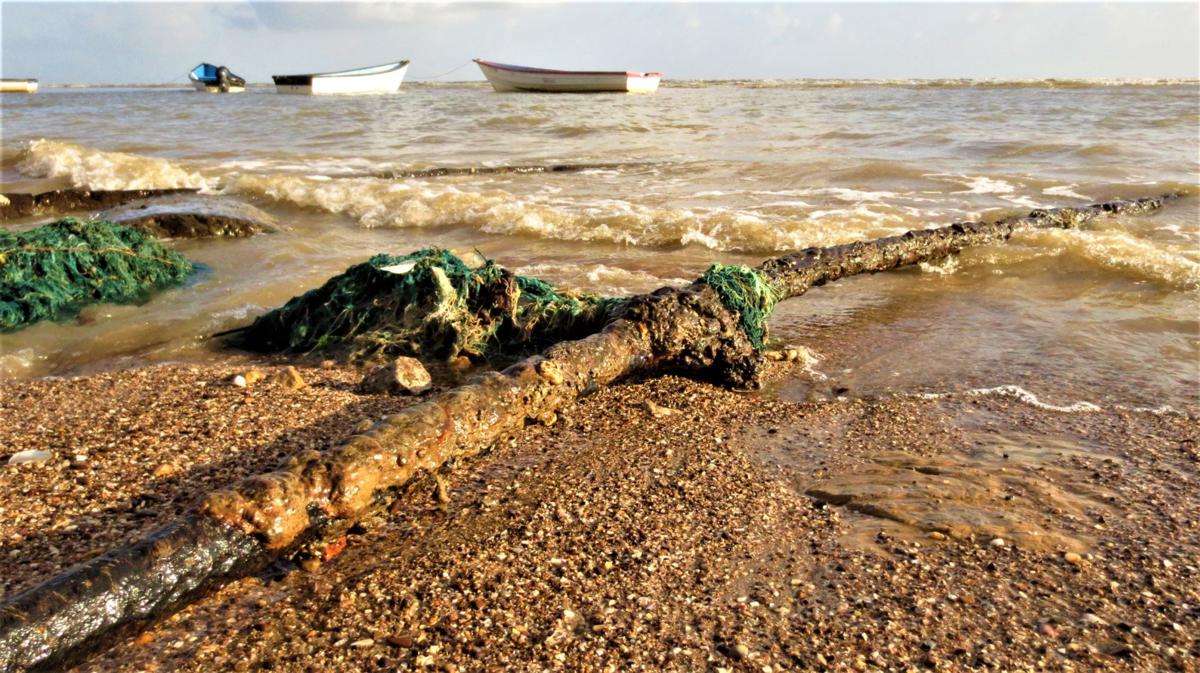

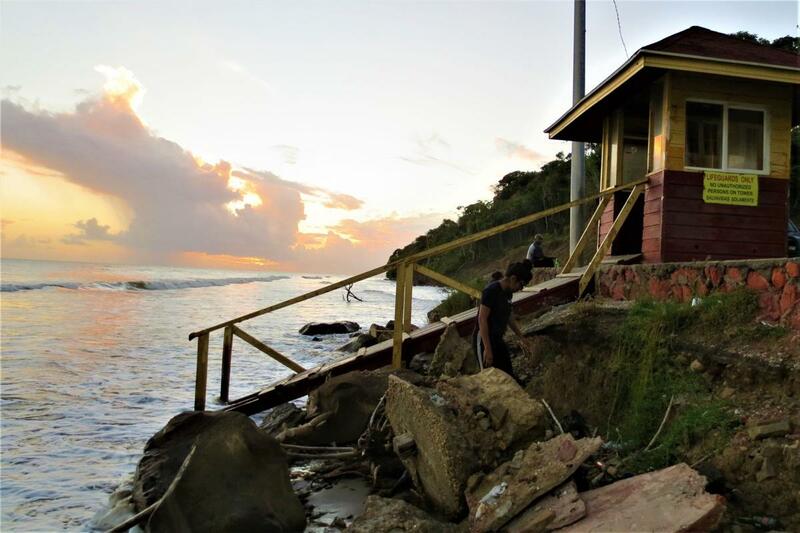
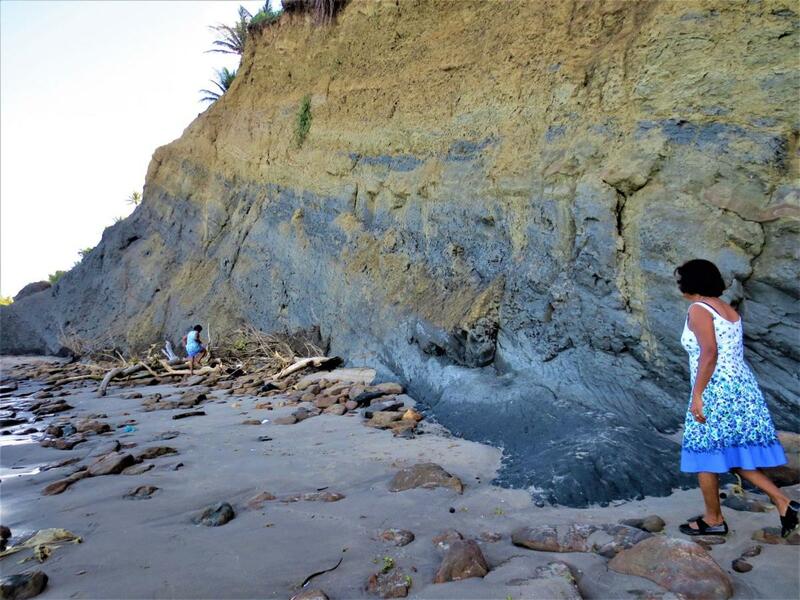
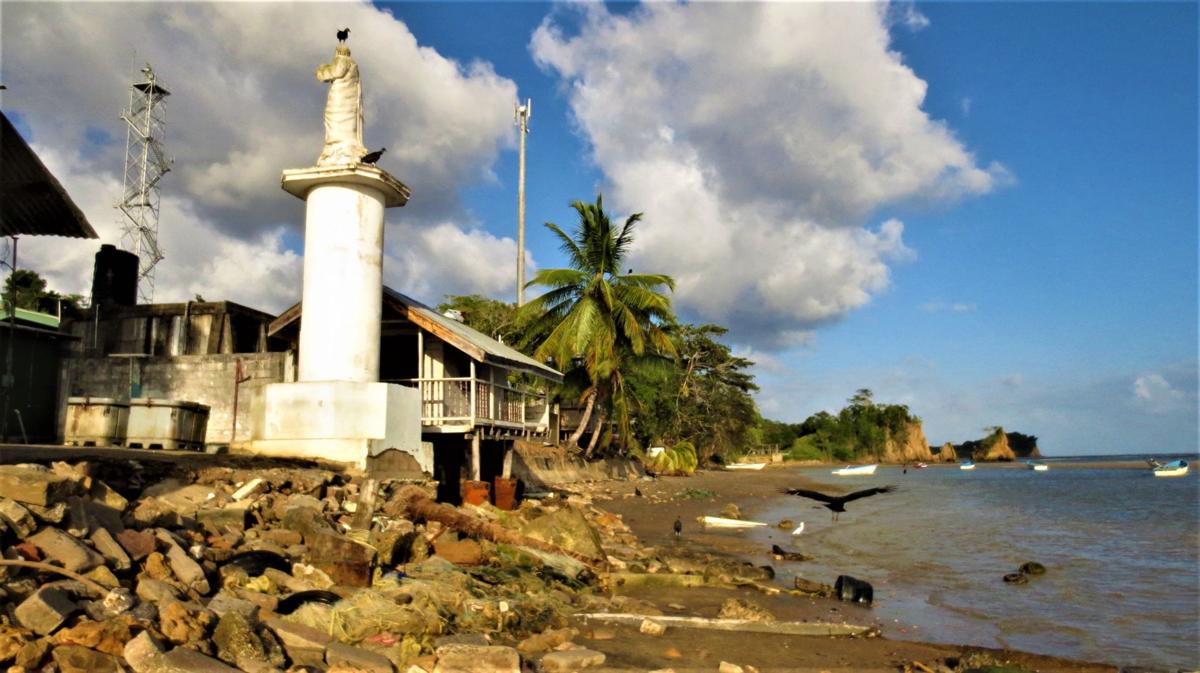
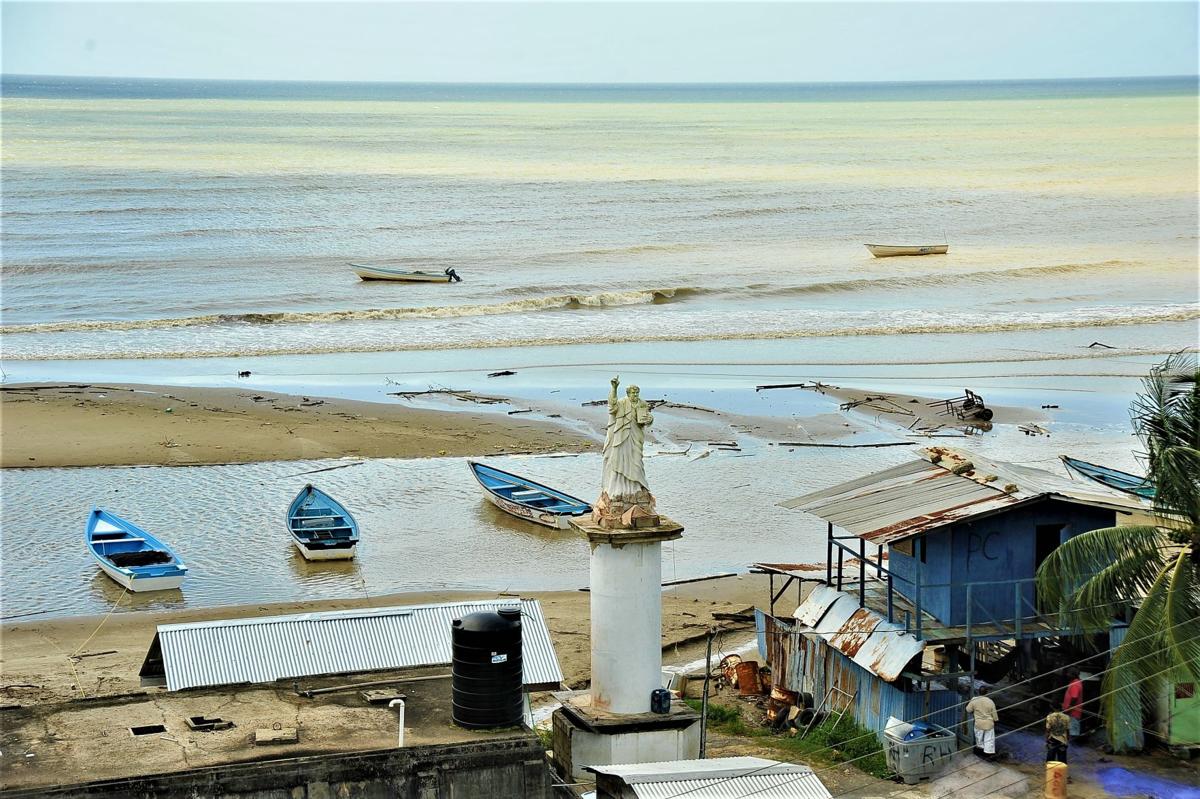



 RSS Feed
RSS Feed